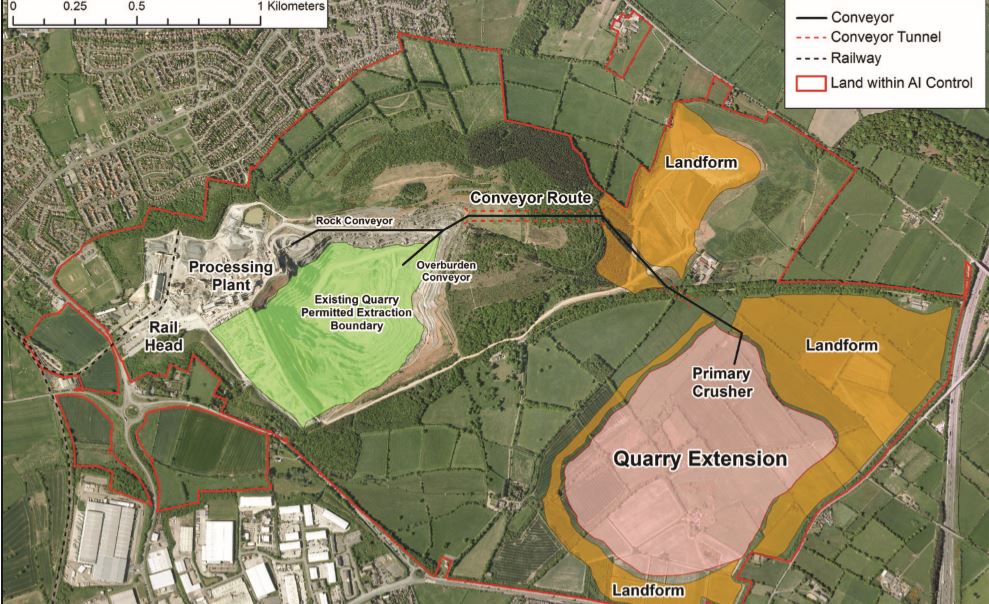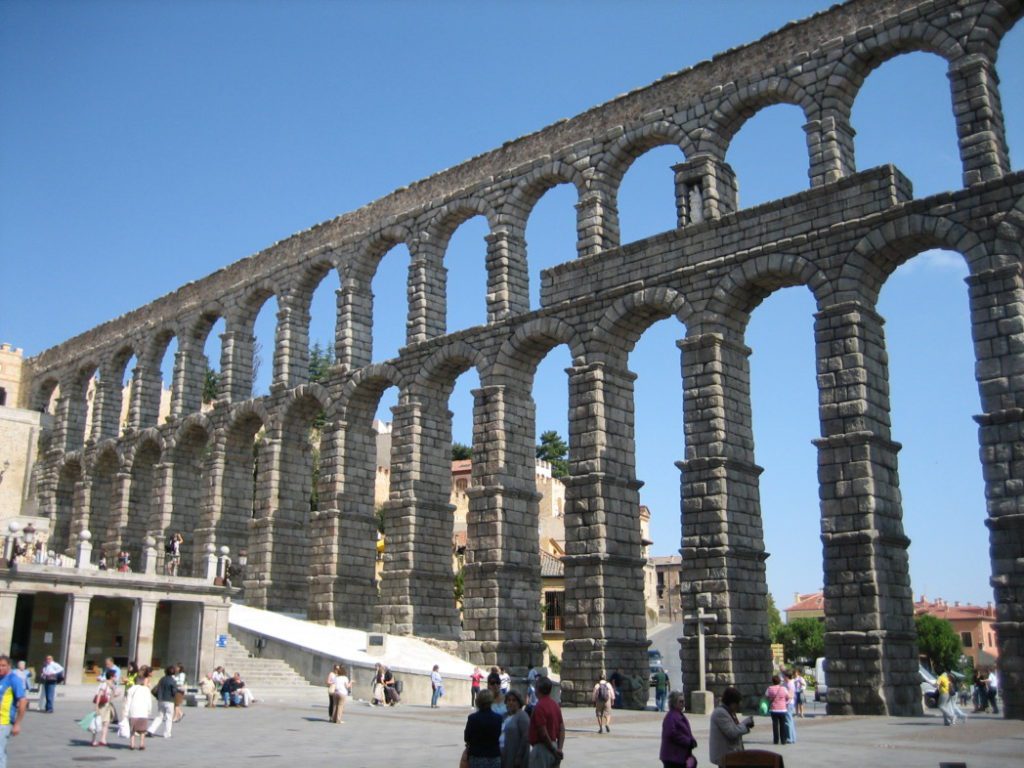
HBPW has been drawing on past experience to help one of the most important UK stone quarries triple in size.
Rail-linked Bardon Hill Quarry in Leicestershire has been operational for more than 150 years, but remaining permitted reserves within the current 74 acres site will be exhausted by summer 2020, hence why approval to extend operations was granted as far back as August 2011.
The nationally important site, which distributes more than three million tonnes of crushed rock every year, includes two asphalt plants producing coated road stone, and a factory making precast concrete products.
HBPW Managing Partner, Paul Withers, said: “Investigations identified a further 142m tonnes of rock reserves were available within the Bardon estate, which will ensure the future of the site for approximately 40 more years.
“An additional quarrying area is now being developed about half a kilometre away from the existing one, with the new facility making use of infrastructure at the existing quarry, where rock will continue to be processed to produce stone chippings.”
A Primary Crusher Building is being erected at the base of the new quarry with output making its way to the existing site’s processing facility via a series of conveyor belts and transfer towers, not dissimilar to those designed for Associated British Ports at the Immingham Rail Freight Terminal where biomass fuel was moved from container ships to rail stock en route to Drax Power Station.

Bardon Quarry
“We have designed the civils infrastructure to support the new conveyor system, transfer towers and associated facilities,” added Paul.
“The structure not only includes a mineral conveyor for the primary quarry product, but an additional conveyor to transport ‘over-burden’ or waste material, back to the original quarrying area for use as fill.”
A road over bridge and an adjacent footbridge has also been designed to cross the conveyor belt system and, in a more unusual development, an aqueduct has been designed to maintain the course of the River Spence over the conveyor.
“Overall the site will expand to some 222 acres. The aqueduct is not quite as grand as the famous one in Spain’s Segovia, however, overall, the entire operation is a fine example of smart engineering,” added Paul.

No mortar – Roman aqueduct, Segovia
